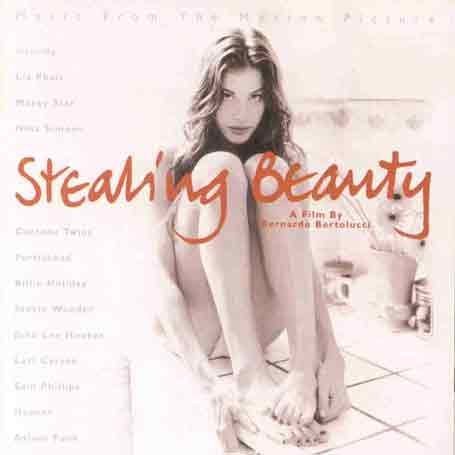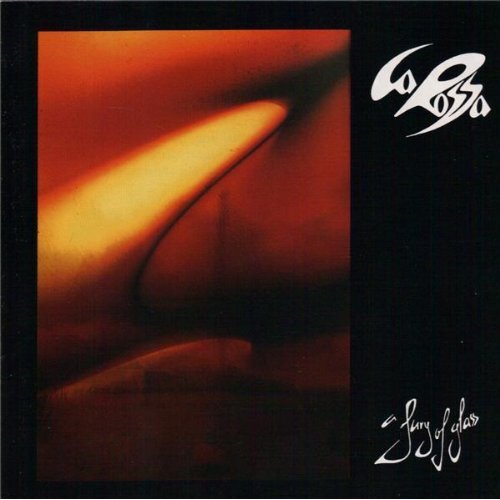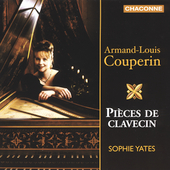
James, Henry
"The Middle Years" is a short story by Henry James, first published in Scribner's Magazine in 1893. It may be the most affecting and profound of James's stories about writers. The novelist in the tale speculates that he has spent his whole life learning how to write, so a second life would make sense, "to apply the lesson." Second lives aren't usually available, so the novelist says of himself and his fellow artists: "We work in the dark-we do what we can-we give what we have. Our doubt is our passion and our passion is our task. The rest is the madness of art."
Dencombe, a novelist who has been seriously ill, is convalescing at the English seaside town of Bournemouth. He is sitting near the water and reading his latest book entitled, of course, The Middle Years. A young physician named Dr. Hugh comes over to Dencombe and begins to talk about his admiration for the novel, though he doesn't realize that he's speaking to the book's author.
The weakened Dencombe suddenly loses consciousness. When he revives, he finds that Dr. Hugh has recognized him, and that the physician is also attending a wealthy woman referred to only as the Countess. Over the next few days Dr. Hugh pays more attention to Dencombe than to the Countess, and he is warned about this by the wealthy woman's companion, Miss Vernham.
A few days later Dencombe relapses. Dr. Hugh tells Dencombe that the Countess has died and left him nothing in her will. Close to death Dencombe whispers to Dr. Hugh the eloquent words quoted above. The tale's final sentence tells how Dencombe's first and only chance at life and art has ended.







